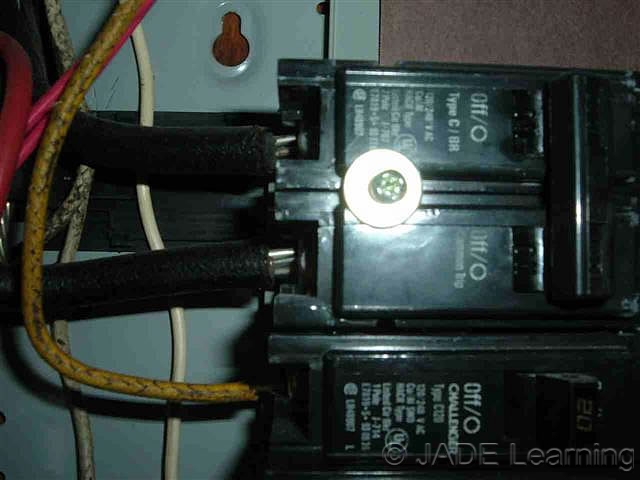LipschitzWrath
Jul 17, 2017Explorer
Whole RV Inverter/Charger
Not a lot of information out there so I figured I'd post here.
If like to add an inverter for my 5er, mainly to limit inconvenient trips out to get the generators running for small things. One of the first things that comes to mind is the coffee pot. That's about the only AC power we use in the morning.
Anyways, I have this ambitious goal to have the inverter be capable of powering the whole camper, rather than just a few outlets or a sub panel or whatever. I'd also like to do a combo inverter/charger (IC) in place of my converter to streamline things, especially the transfer switch duties. I'm trying to confirm my thinking is correct.
The inverter I'd like to use is a Victron Multiplus 12/2000/80.
In my mind, the way this would be accomplished is to take the wire that is normally connected to the shore power inlet on the side of the camper and connect it to the AC output side of the IC. I would then run wire from the actual shore power input receptacle to the input side of the IC. With the transfer switch capabilities of the Victron, it seems like this would work correctly when plugged into shore power or portable generators, yet still let the whole RV function off the inverter when not. Am I correct?
Next question. Technically my RV is set up for a 50A, 240V input. I normally run it off of 120V. I'm assuming my RV is set up like a house - half the 120 circuit in the box come off of L1 on the 240V and the other half come off L2. If I'm correct, wouldn't I technically need two IC's as illustrated in Victron's "split phase" diagram?
Any help is much appreciated.
If like to add an inverter for my 5er, mainly to limit inconvenient trips out to get the generators running for small things. One of the first things that comes to mind is the coffee pot. That's about the only AC power we use in the morning.
Anyways, I have this ambitious goal to have the inverter be capable of powering the whole camper, rather than just a few outlets or a sub panel or whatever. I'd also like to do a combo inverter/charger (IC) in place of my converter to streamline things, especially the transfer switch duties. I'm trying to confirm my thinking is correct.
The inverter I'd like to use is a Victron Multiplus 12/2000/80.
In my mind, the way this would be accomplished is to take the wire that is normally connected to the shore power inlet on the side of the camper and connect it to the AC output side of the IC. I would then run wire from the actual shore power input receptacle to the input side of the IC. With the transfer switch capabilities of the Victron, it seems like this would work correctly when plugged into shore power or portable generators, yet still let the whole RV function off the inverter when not. Am I correct?
Next question. Technically my RV is set up for a 50A, 240V input. I normally run it off of 120V. I'm assuming my RV is set up like a house - half the 120 circuit in the box come off of L1 on the 240V and the other half come off L2. If I'm correct, wouldn't I technically need two IC's as illustrated in Victron's "split phase" diagram?
Any help is much appreciated.

